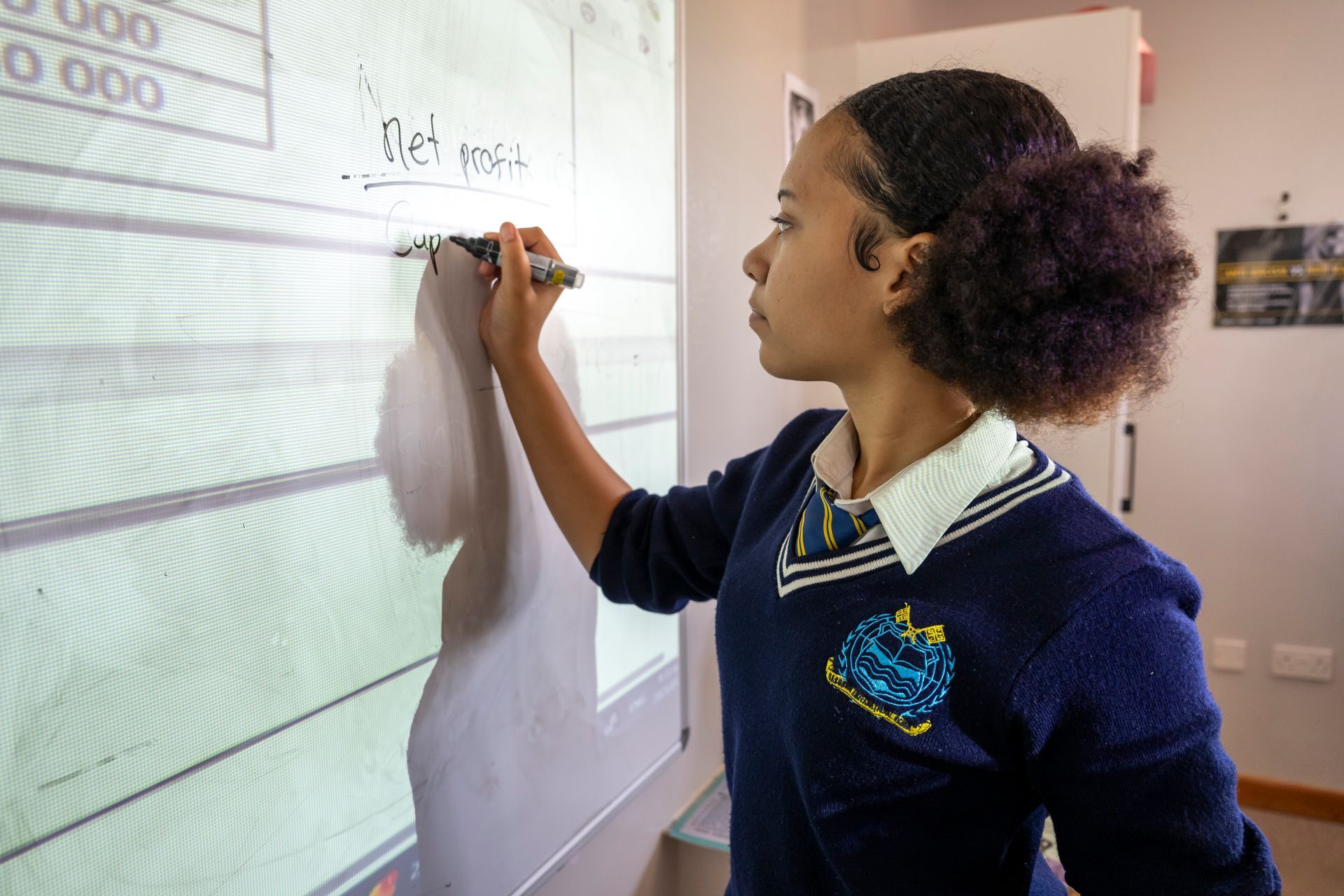The Impact of AI on Education
Artificial Intelligence: What is it?

Artificial Intelligence (AI) is a field of computer science that focuses on making intelligent machines that can perform work that requires human intelligence. Its aim is to create computer systems that can perceive, reason, learn, and make decisions imitating human behaviour.
What is the impact of artificial intelligence on education?
Artificial intelligence (AI) has the potential to impact education positively in teaching and learning processes.
Some of the benefits already being realized in education are:
1. Personalized Learning:
It is adapting educational content and learning experiences to individual student's needs, abilities and learning styles using systems that provide personalized recommendations, feedback, and adaptive assessments hence allowing students to learn at their own pace and in a way that suits them best.
2. Intelligent Content Creation:
AI technologies can automate the creation of educational content, such as generating interactive simulations, virtual reality experiences, and personalized study materials. This helps educators save time and enables the development of engaging and tailored educational resources.
3. Accessibility and Inclusion:
AI technologies can enhance accessibility for students with disabilities by providing assistive technologies like speech-to-text or text-to-speech tools. AI-powered translation services can also facilitate language learning and communication among diverse student populations.
4. Data Analytics and Predictive Analysis:
AI enables the collecting and analysing of vast amounts of educational data, including students' performance, engagement, and behaviour patterns. This data can help identify trends, predict learning outcomes, and inform decision-making at the individual, classroom, and institutional levels.
There are many more positives that we can talk about, all in all, AI can enhance the quality of education, make learning more accessible and engaging, and empower both students and educators with data-driven insights and personalized support.
The Benefits and Disadvantages of AI
The major disadvantage of AI is the lack of human Connection. It cannot fully replace human interaction and the social dynamics of a classroom. Some students may require human empathy, emotional support, and personalized guidance that AI systems cannot provide.
Who will benefit most from AI – students or teachers?
Both students and teachers can benefit significantly from AI in education in different ways. The following are some of the benefits to both students and teachers:
1. Personalized learning hence allowing students to learn at their own pace and focus on areas that require more attention.
2. Enhanced Engagement hence making learning more enjoyable for the students
3. Individualized Support hence enabling students to address their weaknesses and achieve better learning outcomes.
4. Time-Saving and Automation hence creating more time for teachers to focus more on instructional planning, individualized instruction, and providing feedback to students.
5. Data-Driven Insights hence teachers make informed decisions, tailor instruction, and identify effective teaching strategies.
The use of AI by both teachers and students in education has to be balanced to ensure that it enhances, rather than replacing the critical role of teachers in providing guidance, mentorship, and social-emotional support to students. Teachers remain important in fostering a positive learning environment and nurturing students' development.
References: OpenAI, 2023, Wikipedia, eLearning Industry, Jung & Latchem, 2016, Sharples et al., 2018



